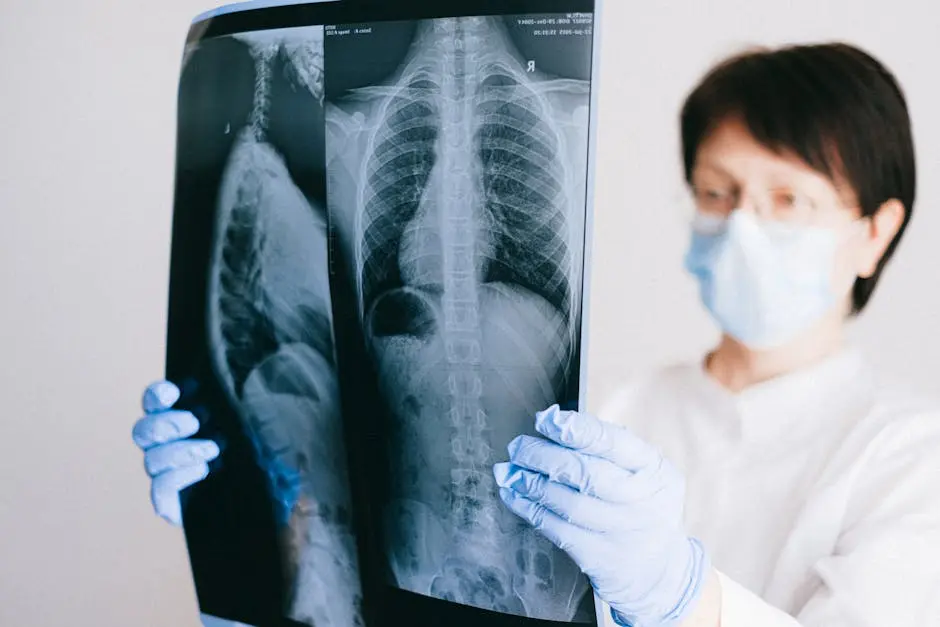Our Blog
How Are Bile Ducts Diagnosed and Treated?
June 14, 2025
Bile ducts play a crucial role in the digestive system, but issues with them can lead to significant health problems. Understanding how these ducts are diagnosed and treated is essential for anyone experiencing related symptoms. In this blog, we’ll break down the diagnostics and treatment options in a simple and engaging way.
Understanding Bile Duct Anatomy
Bile ducts are tubular structures that play a vital role in transporting bile from the liver to the gallbladder and small intestine. Not only do they facilitate digestion, but they are also essential for the absorption of fats and fat-soluble vitamins.
These ducts are part of a complex network that includes the liver, gallbladder, and pancreas, collectively known as the biliary system. When any part of this system has issues, it can create ripple effects, causing a variety of health concerns.
Learning about bile ducts anatomy can empower you to understand the importance of these structures in overall health. If they become narrowed or blocked, for instance, it can lead to serious complications.
Recognizing Symptoms of Bile Duct Issues
Identifying the symptoms of bile duct problems is the first step in seeking timely treatment. Common signs include jaundice—where the skin and eyes take on a yellow hue—and dark urine, indicating a build-up of bilirubin.
In addition to jaundice, many people report experiencing severe abdominal pain, particularly in the upper right quadrant. Nausea and unexplained weight loss are also red flags that should not be ignored.
Understanding these symptoms can lead to quicker diagnoses and better treatment outcomes. If you experience any of these signs, it’s essential to consult with a healthcare professional right away.
Diagnostic Procedures for Bile Ducts
When it comes to diagnosing bile duct conditions, several tests and imaging techniques are available. For starters, blood tests can reveal liver function and detect abnormalities indicating a bile duct issue.
Moreover, imaging techniques like ultrasound, CT scans, or MRIs help visualize the bile ducts and surrounding organs. These non-invasive tests provide crucial information that can guide further intervention.
In some cases, specialized procedures such as endoscopic retrograde cholangiopancreatography (ERCP) are employed. This allows doctors not only to visualize but also to treat any blockages within the bile ducts simultaneously.
Treatment Options for Bile Duct Problems
Once diagnosed, treatment options for bile duct issues can vary significantly based on the underlying problem. Medical treatments may include medications to manage symptoms and reduce inflammation, but surgical interventions are often necessary for more severe cases.
One common procedure is a bile duct stenting, which helps to keep the duct open. In more complex situations, surgical options may involve removing part of the affected duct or even performing a liver transplant in extreme cases.
It’s essential to work closely with your healthcare provider to determine the most appropriate treatment pathway tailored to your specific needs. Each case is unique, and personalizing your treatment can improve outcomes.
Living with Bile Duct Conditions
Life after a bile duct diagnosis may come with challenges, but there are plenty of strategies to manage these conditions effectively. First and foremost, maintaining a balanced diet can help support liver health and facilitate better digestion.
Regular follow-ups with your healthcare provider are also crucial; monitoring any changes can help catch potential complications early. Being proactive about your health ensures that you remain in control.
Lastly, joining support groups can provide both emotional support and valuable information from those living with similar conditions. Sharing experiences can be uplifting and educational, making the journey less isolating.
Take Charge of Your Health
By staying informed about the diagnosis and treatment options for bile duct issues, you can better manage your health and make informed decisions with your healthcare provider.
